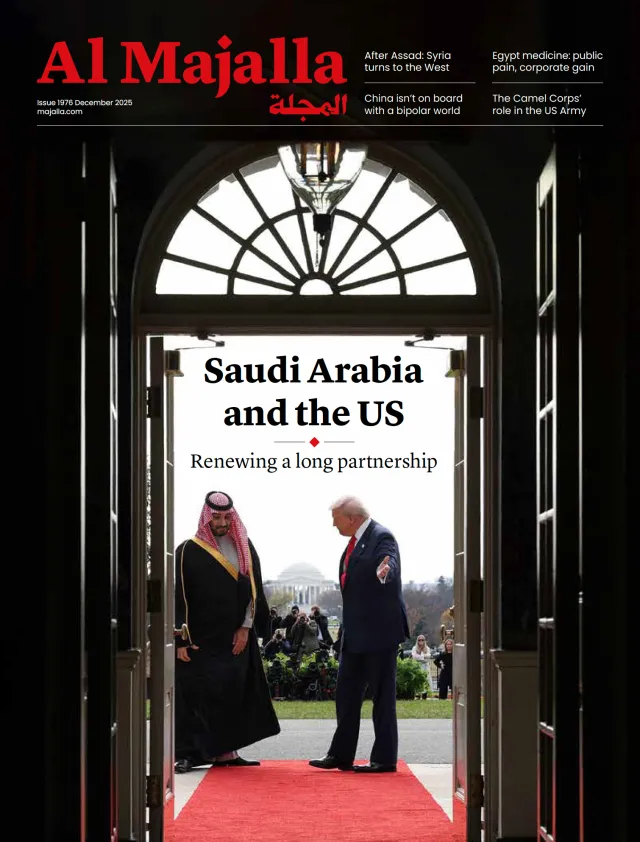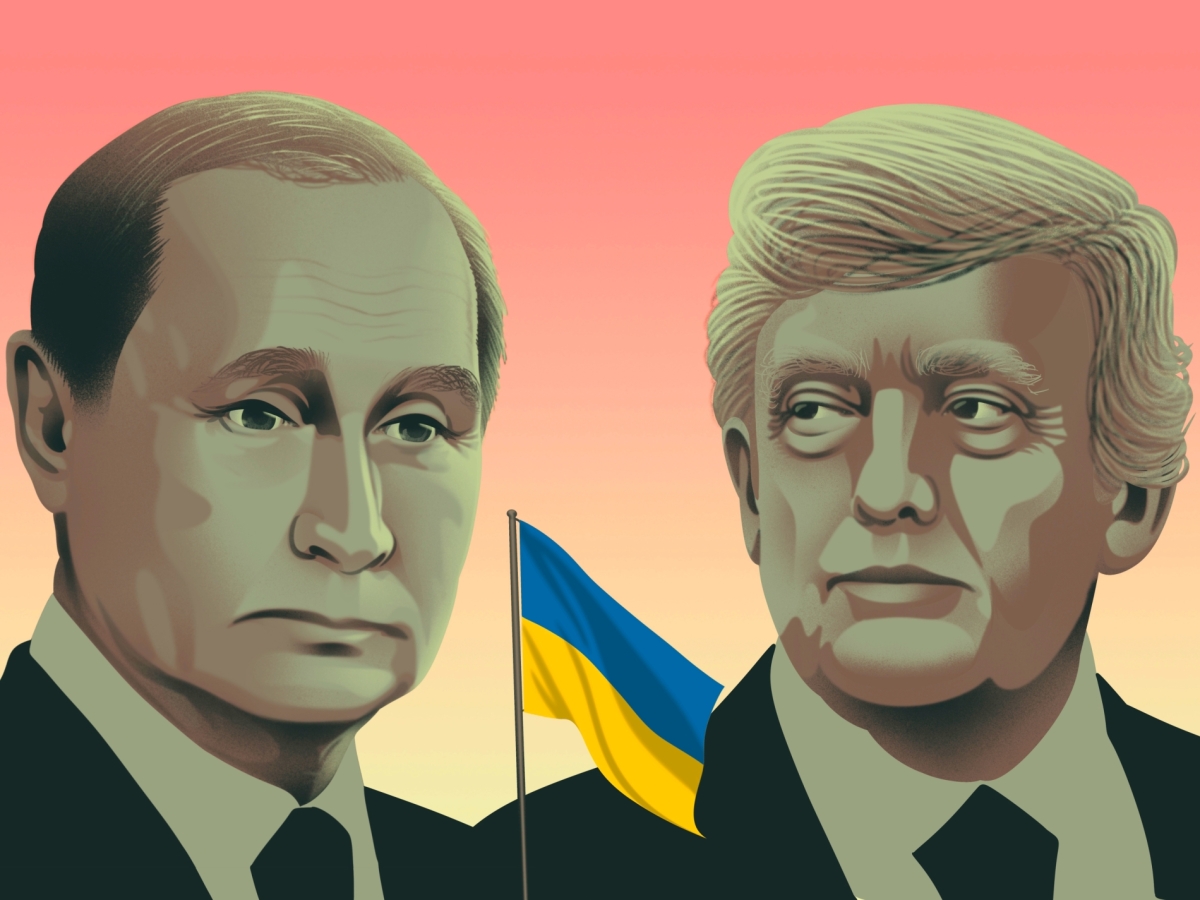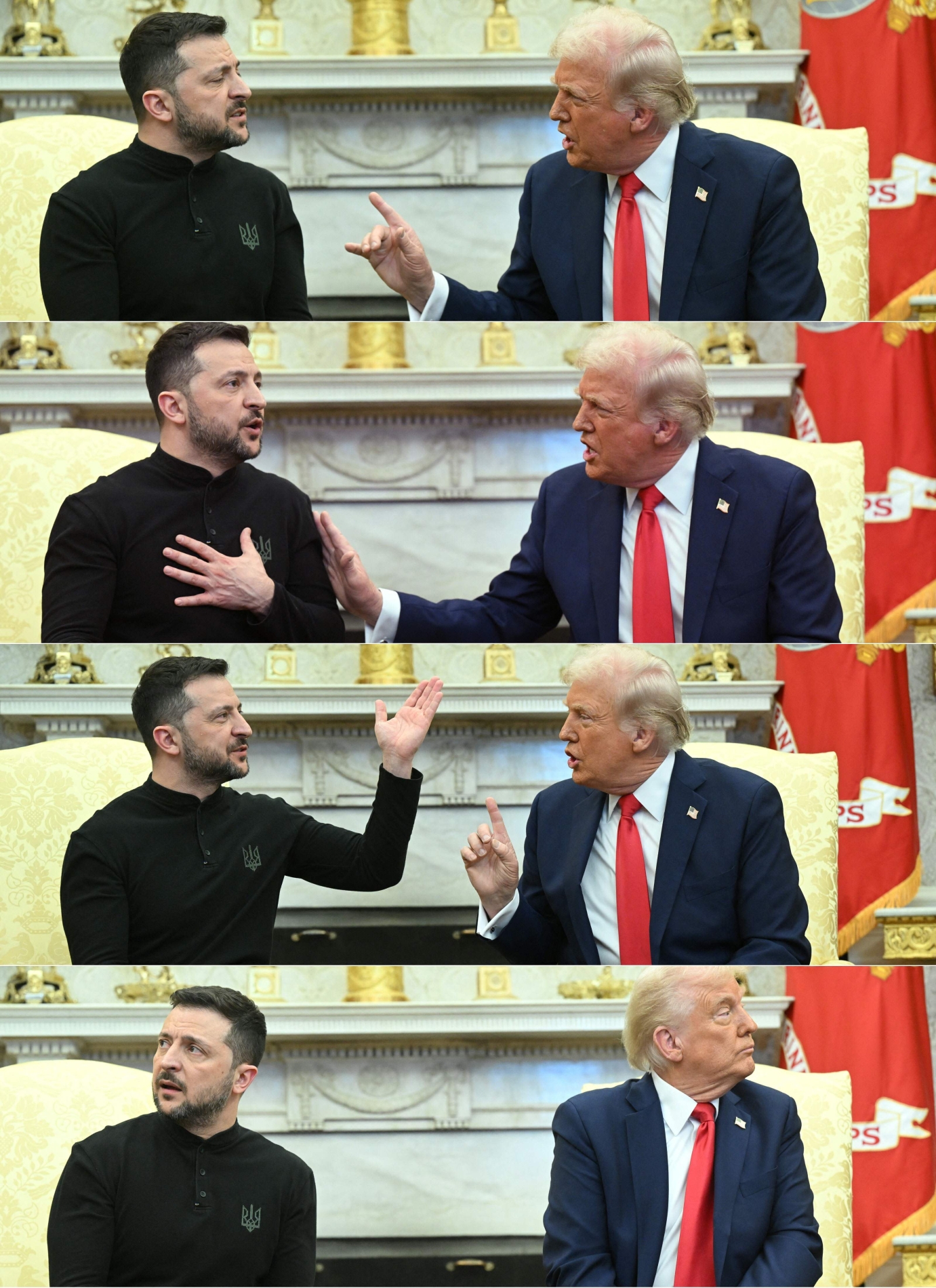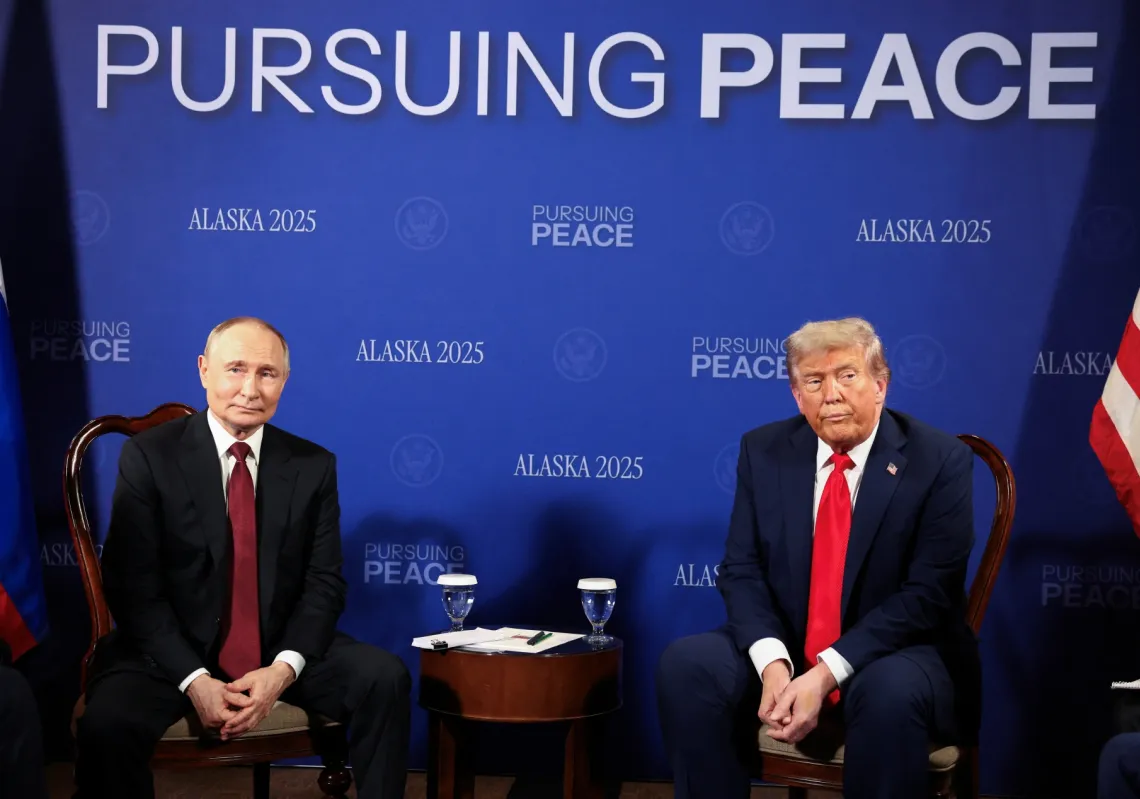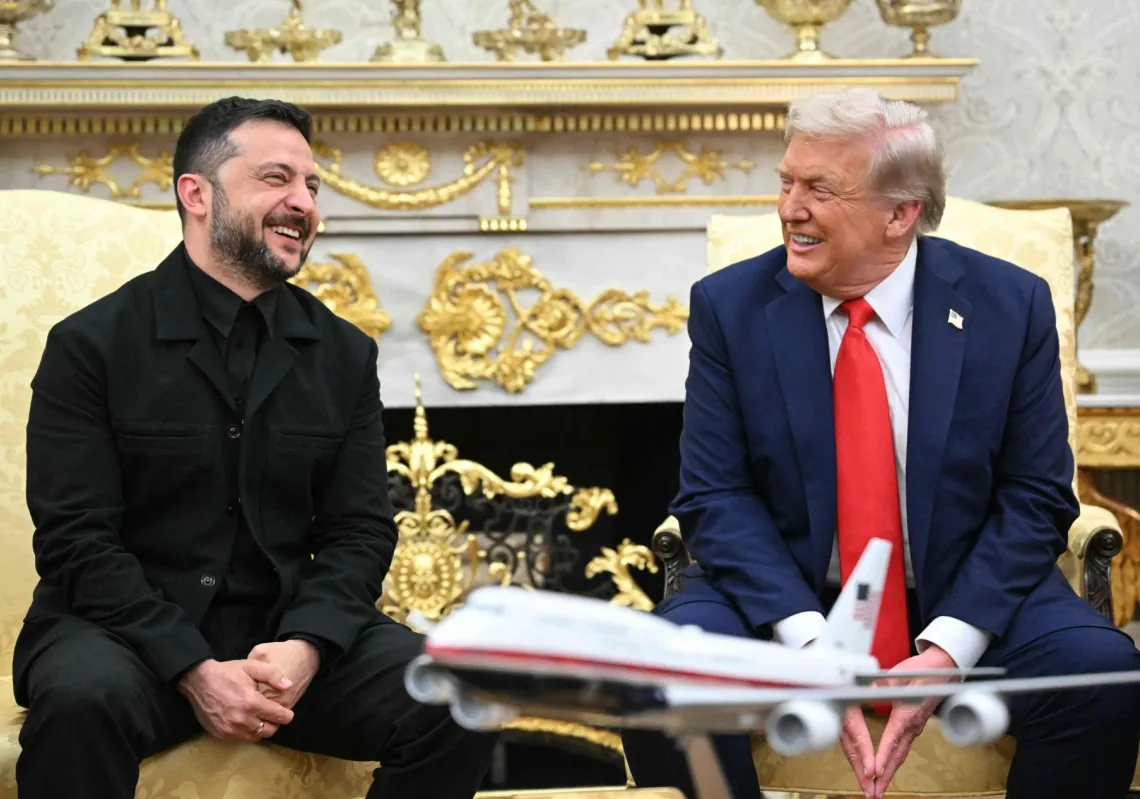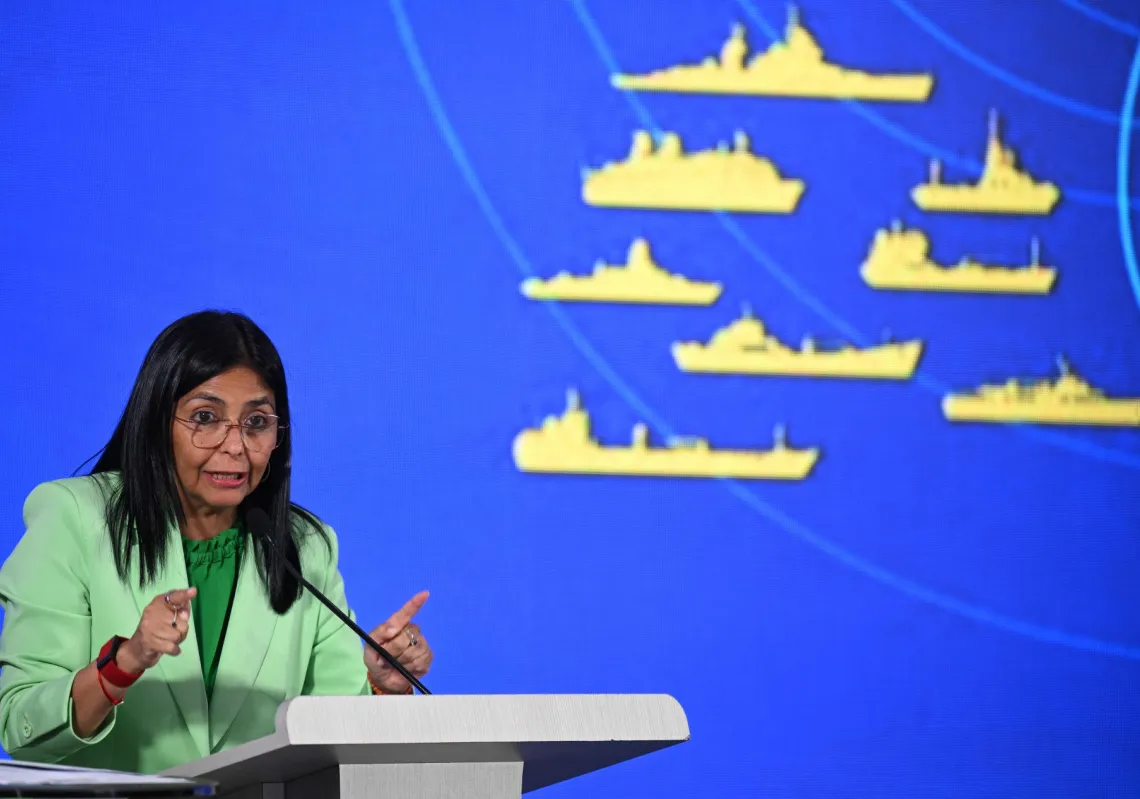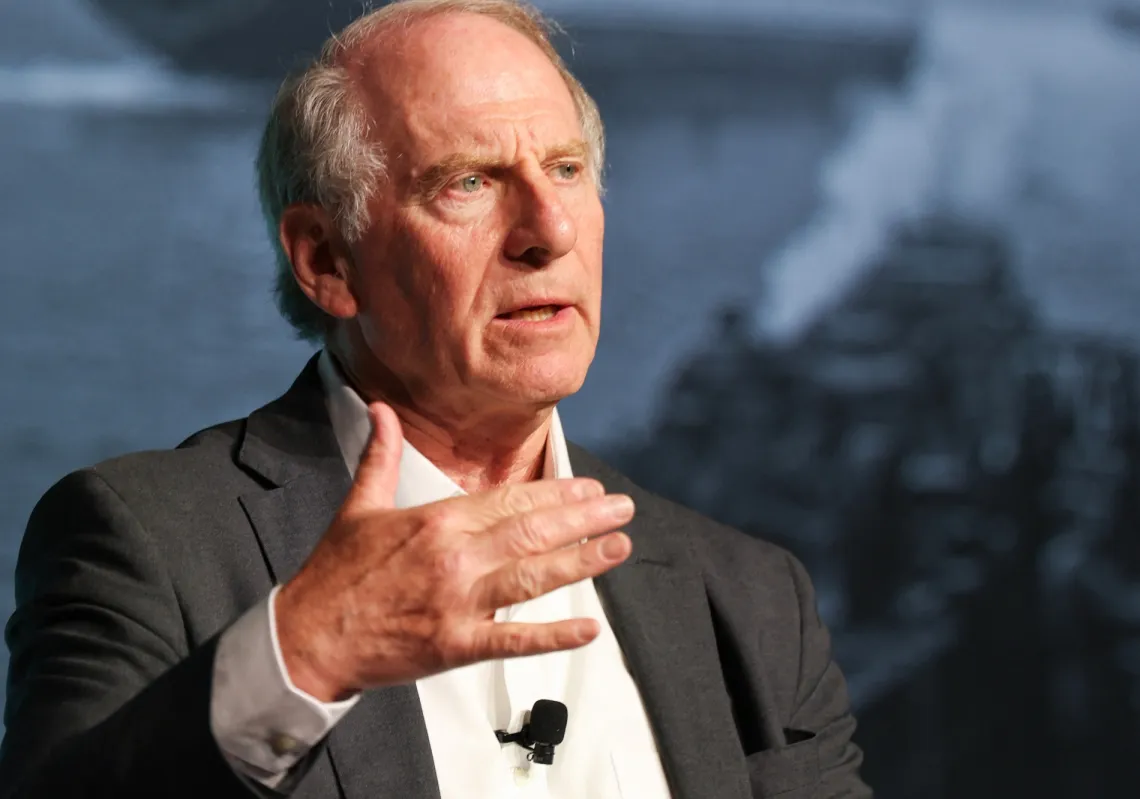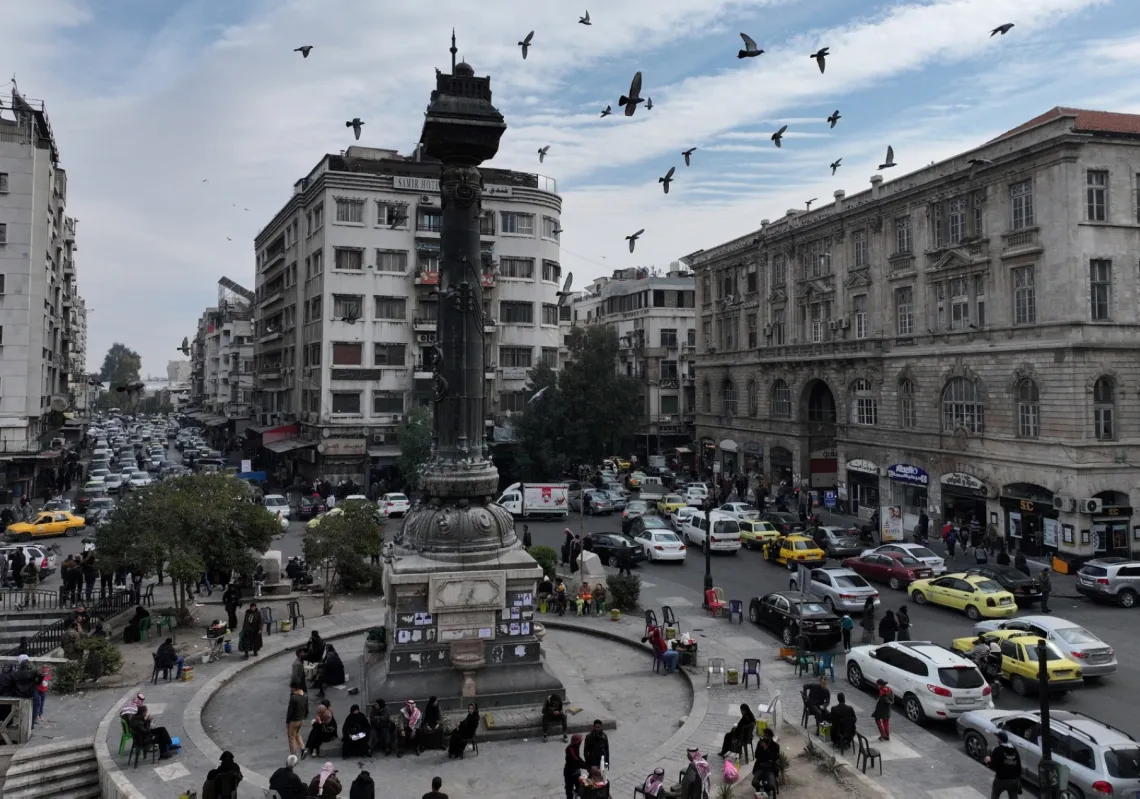Over the course of several dramatic days, marked by headline-grabbing images, high-level meetings, and US President Donald Trump casting himself as an influential mediator and maker of history, the world witnessed what could be the beginning of efforts to end the deadliest and most dangerous conflict in Europe since the Second World War.
Trump orchestrated this unfolding spectacle with a flurry of public manoeuvres. He began by inviting Russian President Vladimir Putin to meet in Alaska—a gesture widely interpreted as a symbolic win for the Russian leader, who has long been branded a war criminal by the US and subjected to sweeping economic sanctions over his aggression in Ukraine. Just three days after the Alaska meeting, Ukrainian President Volodymyr Zelenskyy arrived in Washington. That visit was followed by a broader summit involving leaders from Europe’s most powerful nations.
Trump is now pushing for a direct meeting between Putin and Zelenskyy, with himself present. In the coming weeks, the world is likely to see more of this rapid diplomatic choreography—announcements, imagery, and summits—before matters settle: either with an elusive peace, enabled by the weight of US mediation, or with a continuation of the status quo: a grinding war marked by reciprocal attacks and intermittent calm along a 1,000-kilometre front.
Beyond the headlines, summits, speculation, and analysis, there lie entrenched strategic military, economic, and political realities that will ultimately shape the outcome of this conflict more than the skill of a mediator. Among these, Trump faces his most formidable challenge within a complex and multifaceted landscape: he is the sole actor genuinely intent on ending the Russia-Ukraine war, driven more by his own personal ambitions than by any sincere desire for peace from either of the warring parties.
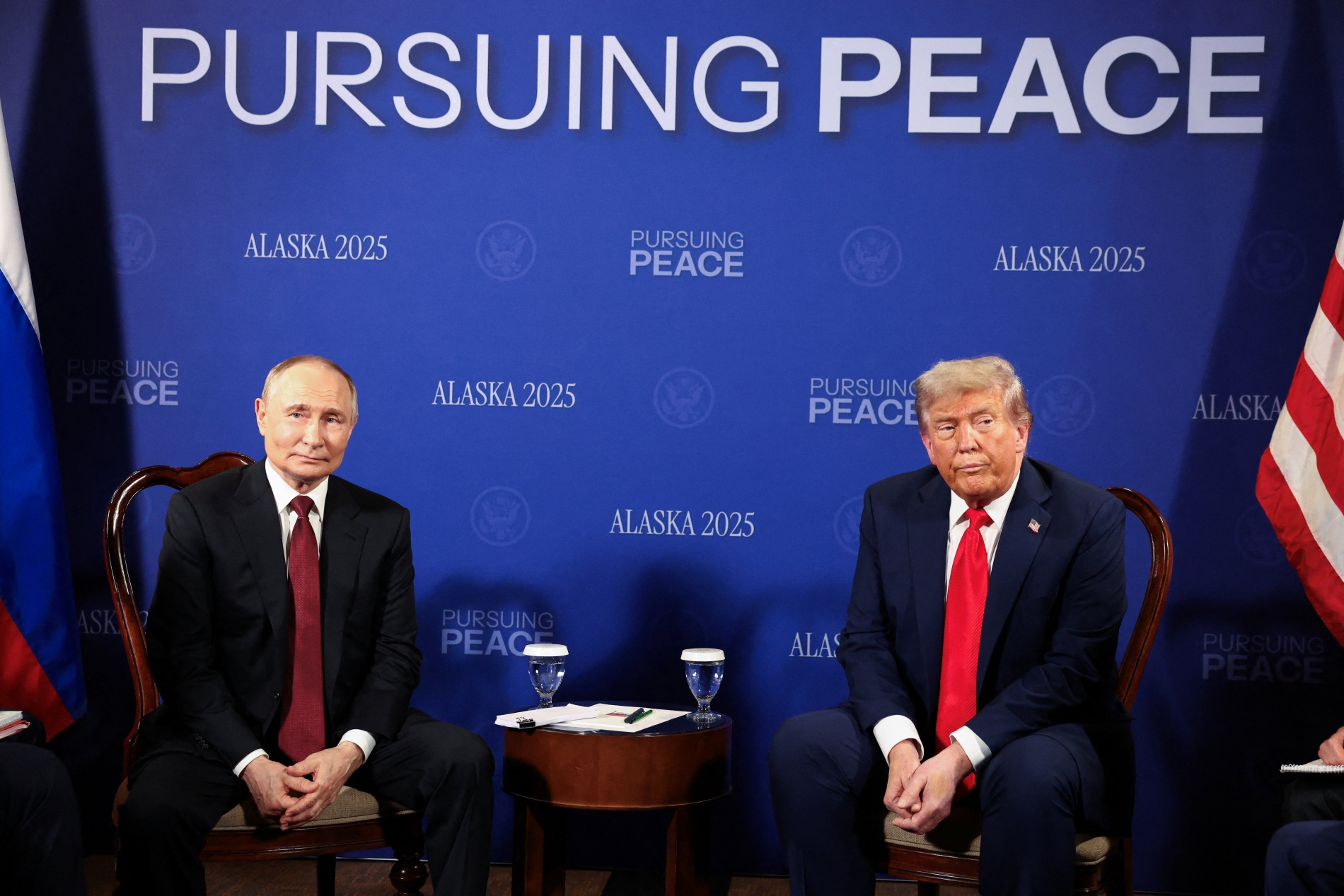
Painful concessions
Trump has imposed a “peace agenda” on two belligerents who each believe the war remains far from decisive and that neither has yet exhausted its means of defeating the other. For both, peace at this stage would demand painful concessions; concessions so costly that prolonging the conflict appears preferable. Yet both sides understand the weight of US influence and the pressure it brings. In the end, they recognise, rightly, that entering into negotiations is more advantageous than risking the loss of US support by being publicly cast as the side refusing to pursue peace.
Ukraine has made considerable headway in securing security guarantees as a condition for signing any peace agreement, replacing the vague economic incentives Trump initially offered but now appears to have abandoned. Yet it would be exceptionally challenging for Kyiv to accept Russia’s demand for formal recognition of Moscow’s control over roughly 20% of Ukrainian territory (around 115,000sq km), including Crimea, annexed by Russia in 2014.
Russia is particularly intent on retaining the area encompassing Ukraine’s most fortified defence system, known as the ‘fortress belt,’ a 50km strip running through four towns and villages in Donetsk Oblast, 75% of which is under Russian control. This belt features dense and elaborate fortifications, including concrete trenches, tank traps, minefields, surveillance networks, and precise artillery coverage.
Russian forces have repeatedly attempted to breach this line. First constructed by Ukraine in 2014 and steadily reinforced over the years, it has become a formidable defensive barrier that Russian troops have been unable to penetrate or outflank, despite numerous efforts. Should this line fall—or be ceded to Russia under a peace agreement—it would leave vast areas of eastern Ukraine exposed to future Russian military advances.
Legal and political hurdles also hinder the Ukrainian concessions necessary to draw Russia into a peace agreement, despite pressure from the Trump administration. Under Ukraine’s constitution, the president cannot relinquish any part of the country’s territory without a public referendum. For Zelenskyy, calling such a vote would amount to political suicide. He has emerged as a globally respected national leader, emblematic of Ukraine’s unwavering resistance to Russian aggression.
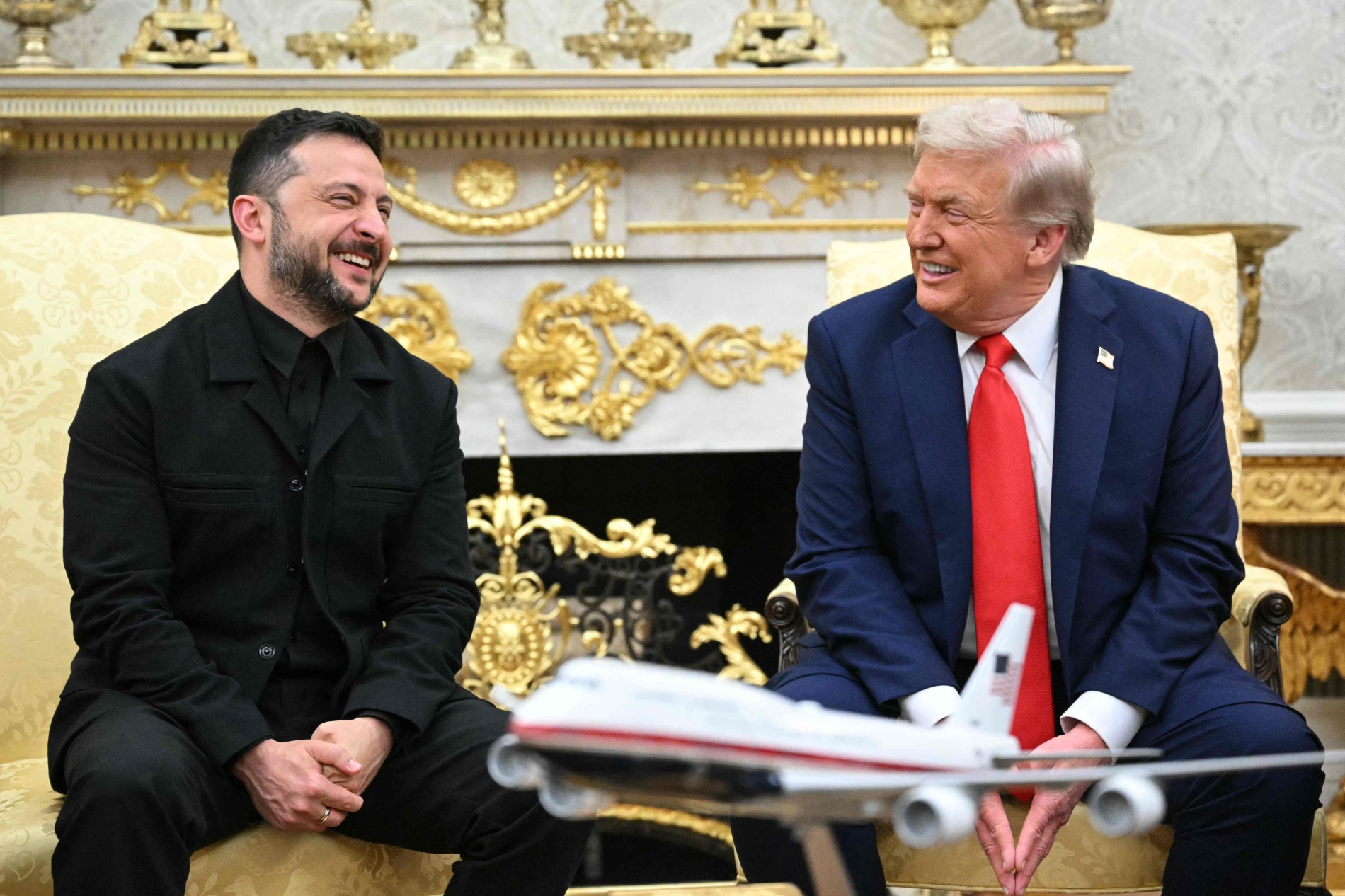
Retreat is politically unthinkable in Ukraine; on the contrary, there is a deeply entrenched political and popular determination to reclaim all occupied territories, including those seized in 2014, particularly Crimea.
This national resolve is bolstered by solid European support. Europe remains committed to ensuring Russia does not emerge victorious, even if this means a significant military build-up in the absence of continued US involvement. European leaders fear that a decisive Russian victory in Ukraine would embolden Putin to pursue further territorial ambitions, not only in Ukraine but across Europe.
These fears are most pronounced in the Baltic states—Lithuania, Latvia, and Estonia, all former Soviet republics. Putin has made no secret of his belief that reclaiming the lands of the former Soviet Union—not its ideology—is Russia’s rightful destiny. His ambitions have unsettled much of Western Europe, where a Russian triumph in Ukraine is viewed as the beginning of a broader dismantling of the post-war security order.
The Russians believe they are making steady, albeit slow and costly, gains in their push into Ukrainian territory, backed by their overwhelming firepower. Russian factories now produce five times as many artillery shells annually as all European manufacturers combined and have a significant advantage in tank numbers. In the second year of its invasion, Russia swiftly transitioned to a full-scale war economy, which fuels its war machine.
Unlike a peacetime economy, a war economy focuses on the production of weapons, ammunition, and other military necessities that help prolong the war. Revenues from discounted oil exports outside the Western sanctions framework, particularly to India and China, are helping to finance this war effort.
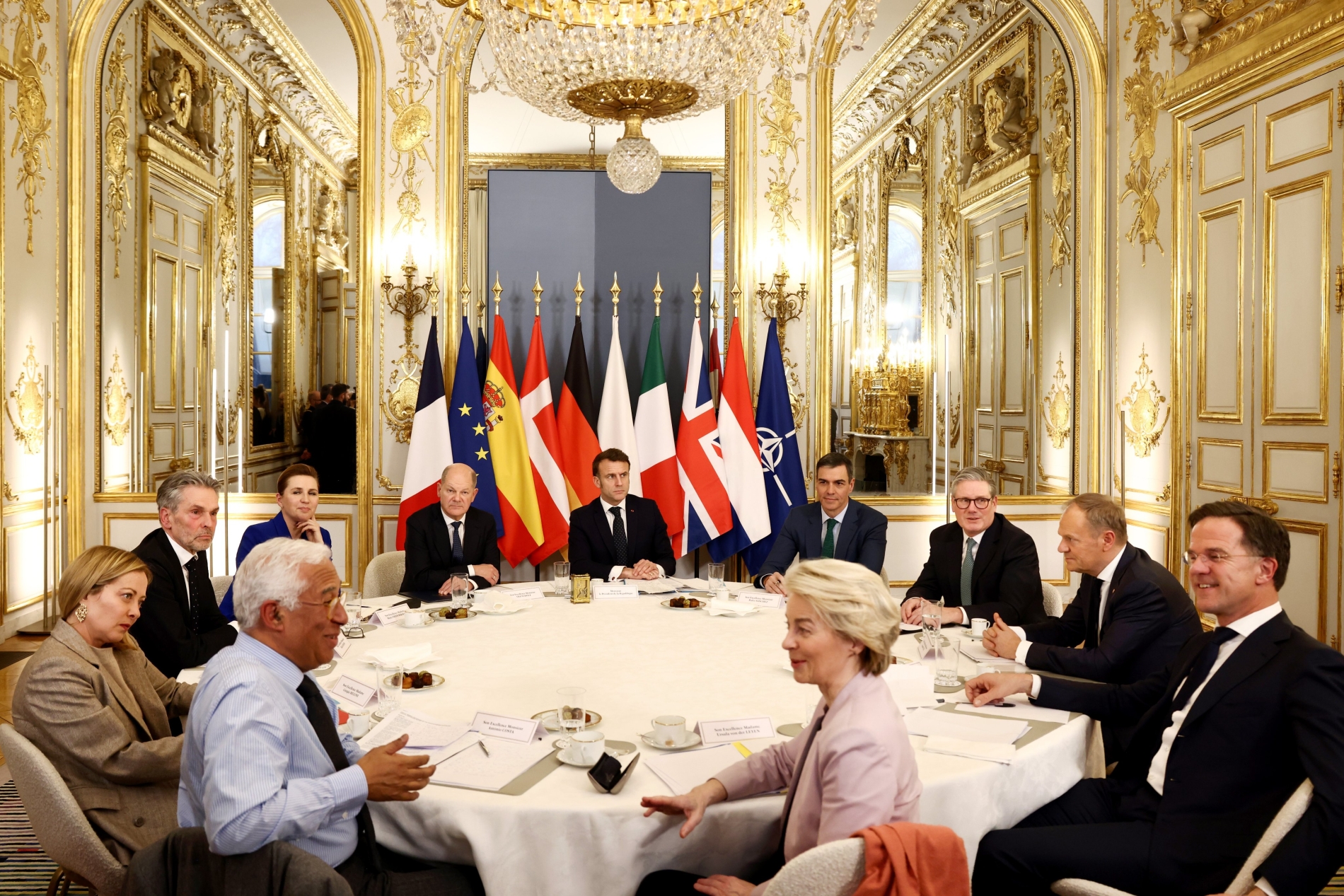
Slow to the draw
Meanwhile, Europe has been slow to make a similar transition. Only in recent months, beginning in March, after Trump took office and confirmed a retreat from the heightened support previously provided to Ukraine by the Biden administration, did European leaders begin making the necessary decisions to shift towards a war economy model.
Europe’s urgency in catching up was evident in the EU’s approval of a five-year rearmament plan, pledging $800 billion under the ‘Rearm Europe 2030’ initiative. While European arms are superior in terms of precision and technological sophistication, it will take several years before they can match Russia’s sheer volume of output—an essential factor in effectively deterring Moscow, which currently produces as many weapons and as much ammunition in three months as all European NATO countries combined do in a year.
In the meantime, Europe is attempting to bridge this significant arms gap by purchasing weapons and ammunition from the US for Ukraine. This process, however, will take time as the Russia-Ukraine front continues to rage.
Putin is therefore determined to deny Europe the time it needs to rearm and reinforce Ukraine’s defences. For this reason, he has rejected any proposal for a ceasefire or temporary truce, even one limited to a single month. He understands that a short-term truce, such as the one proposed by Trump and accepted by both Ukraine and Europe, would almost certainly be extended, giving Europe crucial time to accelerate its shift towards a war economy, while depriving Russia of the chance to capitalise on its current battlefield advantage.
Instead, Putin favours a political settlement that ends the war on terms favourable to Moscow, while he still commands strength on the ground, rather than allowing his adversaries to arm themselves more effectively.

